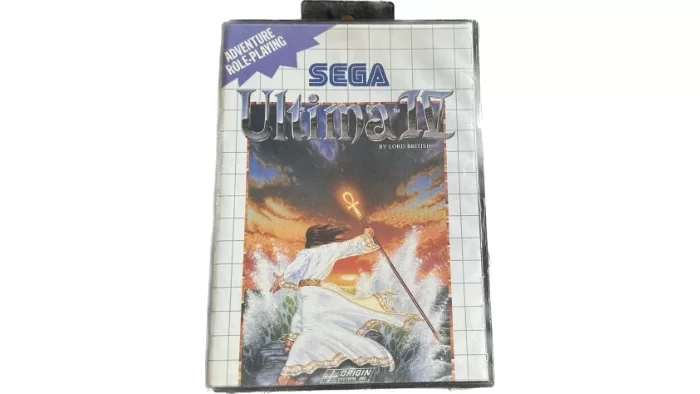
A proper old school computer RPG like Ultima IV can never work on a console can it? Turns out that it can, and brilliantly.
In Retro Game Of The Week I pull a game from my collection and write about why it’s important or interesting. Or in some cases, badly dated and rubbish.
To explain this week’s retro game of the week, I have to travel back in time. Look, that’s always the case, but in this situation it’s to a very specific time of my life.
The early 1990s saw me purchase the first console I’d ever owned; as a family we’d previously had an Amstrad CPC 6128 but nothing on the console side.
That first console was a Sega Master System II, the very model that Sega Ozisoft sold a bucketload of when they dropped the price and included Alex Kidd in Miracle World (no relation).
Read also:
Alex Kidd in Miracle World DX Review (Digitally Downloaded)
I loved that little Master System and it saw me through some classic games and many happy hours of game time.
But the one game that I easily spent the most time playing was the Sega Master System port of Ultima IV.
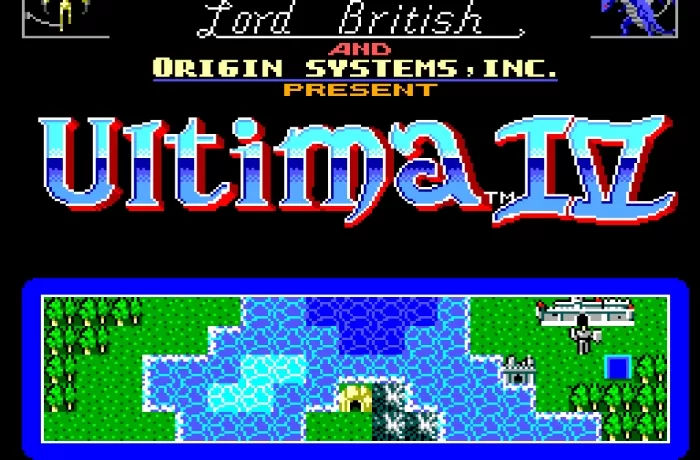
I spent SO MUCH TIME on this start screen.
The copy I had came via a friend of mine, and if my dim, hazy memory serves, he wasn’t even the first owner either. This kind of thing was done a lot back in the day, but then consider that cartridge games typically ran $80-$100 or more and a degree of swapping, sharing and selling was inevitable.
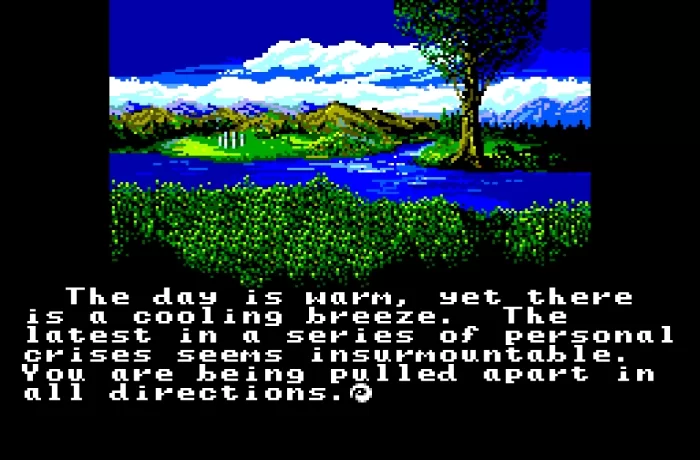
This paragraph of text does NOT go where you might expect it to.
So what’s so special about Ultima IV for the Sega Master system? Two things, I’ll argue.
Firstly, it’s massively open world in a way that really wasn’t common for consoles of that era. Certainly it was the first example of that form that I’d hit in that way, though clearly you could talk about titles like Final Fantasy or even The Legend Of Zelda as pre-dating it while being console originals.
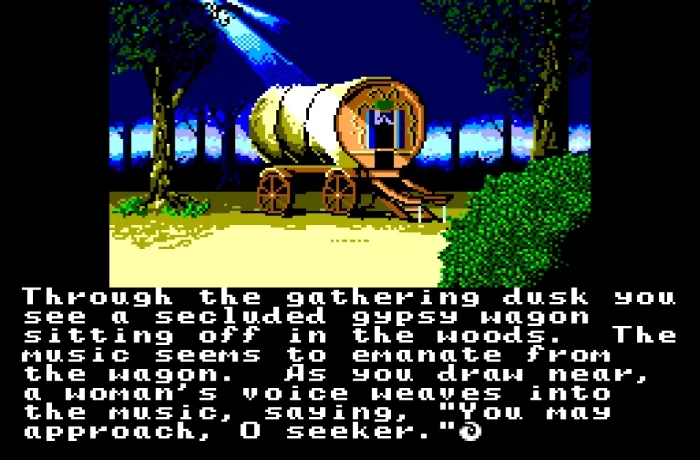
Nothing bad will happen. Perhaps…
Still, once you’re through the game’s early fortune teller sequence, which subtly but cleverly lets you choose your character class, you’re genuinely dropped in the middle of nowhere with relatively little guidance.
It’s up to you to work out what you’re going to do and how you’re going to do it. It’s totally open and you can do quests in any order you like, decades before anyone gushed about this idea in Breath Of The Wild, too. Or just wander around for hours attacking just about any character for no reason at all, if you must.
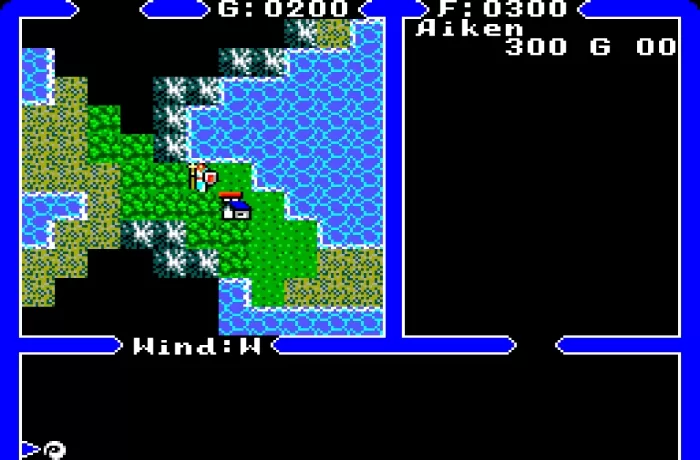
What, you wanted guidance on where to go? Tough luck. Figure it out. Or die trying.
All this freedom comes, naturally enough, from the fact that this is a port of Richard Garriott’s 1985 Apple II original, with a few very cleverly placed tweaks to make it more console-suitable.
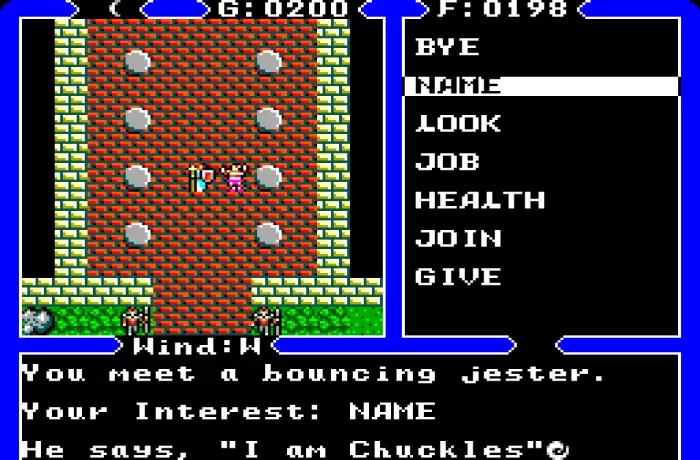
This is Chuckles. I hate Chuckles.
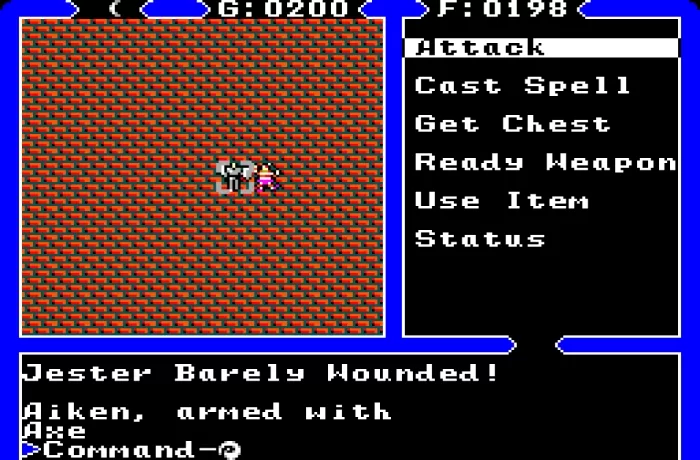
I should not attack Chuckles. And yet, here we are.
The Master System doesn’t have a keyboard, but the use of contextual dialog trees makes it pretty easy to chat to every character in the game and uncover the details you need without having to wonder which discussion commands to use each time. It’s a smart tweak that makes it very playable indeed, even now.
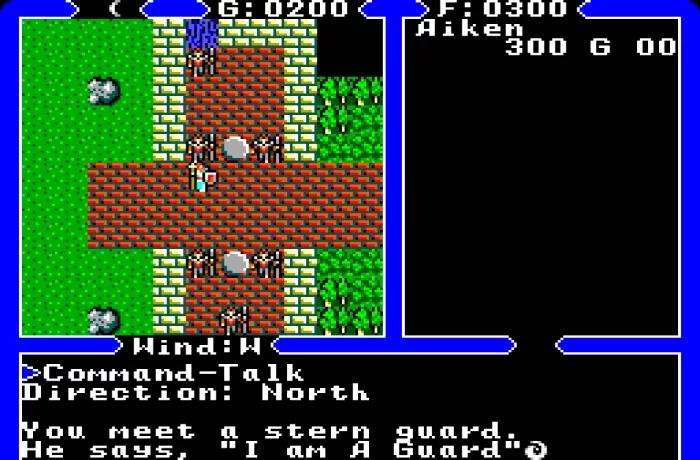
Guards. Known for their fast-talking ways.
The second detail that makes Ultima IV rather special? It breaks the rules of Master System boxes.
Look, plenty has been written on the very unusual choices made by Sega when it came to promoting its game wares relative to Nintendo.
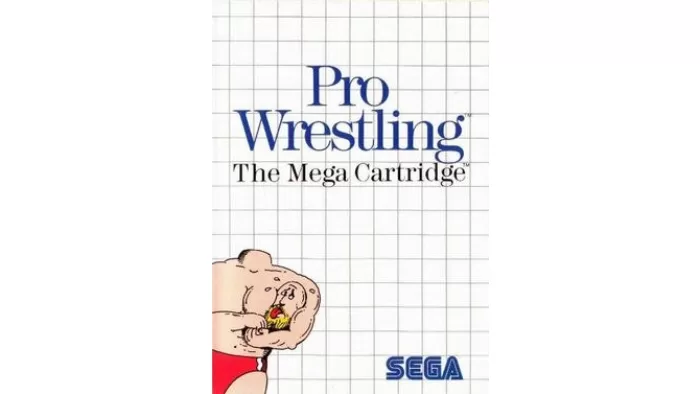
I’m a fan of Pro Wrestling, but even I cannot work out what is going on here.
Where Ultima IV does it differently is with the inclusion of additional materials. In that era it was more or less expected that you’d get the classic “Big Box” style for PC games.
Console games were largely fixed size, fixed contents kinds of deals. Master System games came in these dull little boxes, usually with a thin instruction manual with light blue cover art (anyone know why? let me know below), and that’s your lot.
But not Ultima IV. Sure, the box is plain old Master System style.

So far, so boxy.
There is indeed a blue covered pamphlet style instruction book.
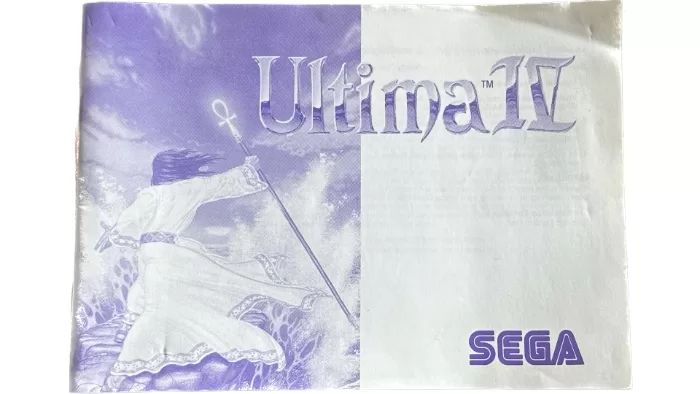
I’m guessing it was mandated Sega style, but why?
Did someone at Sega invest a LOT in blue ink in the mid 1980s and have to make use of it somehow?
But there’s also a map.
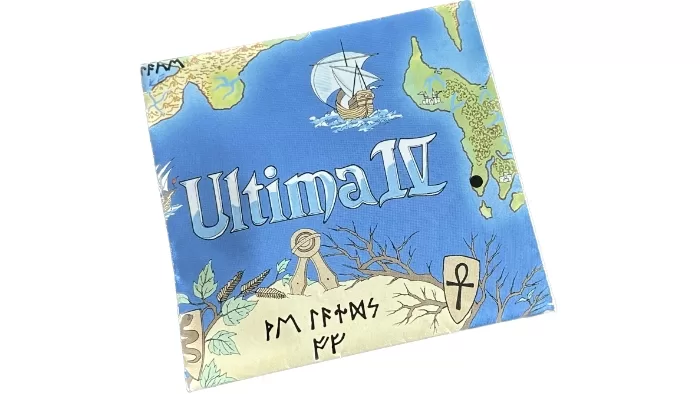
Map, folded. Also has lots of other info on the back.
And a history book.
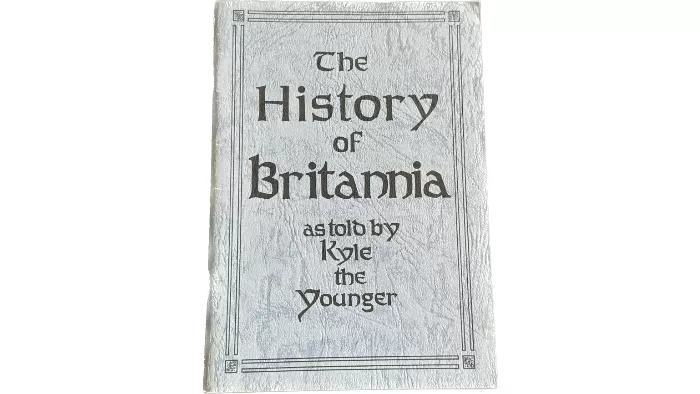
History, as told by Kyle The Younger. Kyle The Older, by way of comparison, was a worthless drunk.
And the book of mystic wisdom.
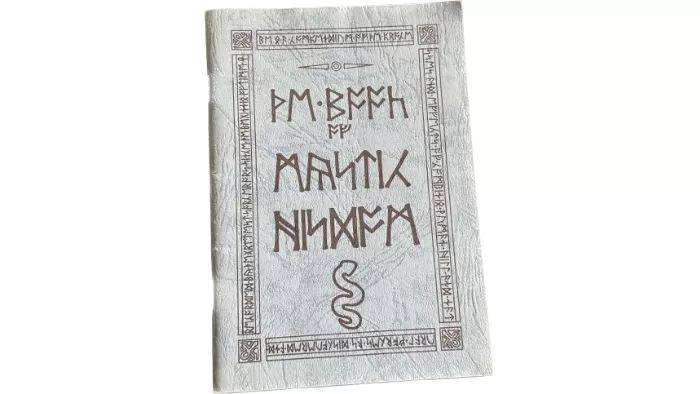
It’s either mystic wisdom, or that “signature”
I do every time I have to sign for something using my finger on a digital pad.
The last two are significant, because they do not fit in the box at all. Not at all, which makes them a sod to store alongside other Master System games. My original copy, as noted, was second-hand at the time, so I don’t know how it was packaged in stores. Shrink wrapped, I’m guessing? Anyone know?
But they’re “big box” style extras that go a long way to making you even more keen to explore the wide and highly dangerous world of Britannia for hours on end, in a way that digital manuals in modern games just can’t replicate.
Ultima IV is an absolute gem of a game, and the equal best title on the system, hands down. What’s the other one? That’s a story for another day.
How to play Ultima IV (Sega Master System) now
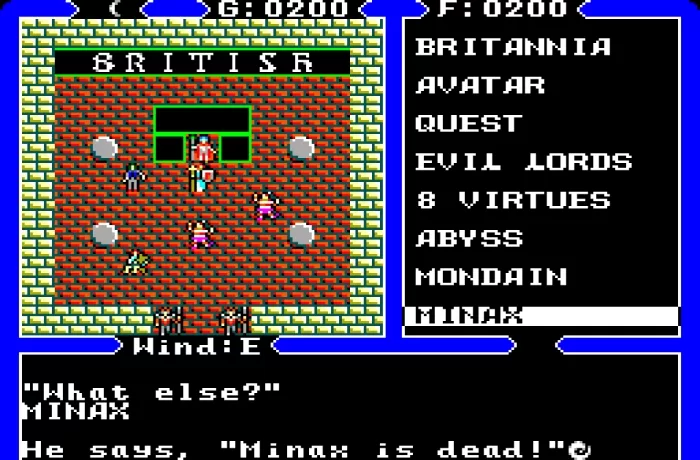
Geez, Lord British, didn’t anyone ever tell you about spoilers?
So, my original copy went when I sold my Master System and games to fund purchasing a Super Nintendo back in late 1993. I don’t regret that to this day, because the SNES remains my all-time favourite console system.
But that did mean I had to track down a copy of Ultima IV some years later, and if I was going to do it, I was going to do it properly, manuals and spell books and all.
As a result, my copy of Ultima IV is one of the more expensive games in my collection in terms of purchase price; I think I paid about $120 for it about a decade ago. I’m still happy with that price, by the way.
But what does it go for now?
Completed auctions on eBay suggest that you’ll pay around $60 for a loose cart version, or around $100 for a boxed copy.
A copy with box, maps and both manuals, though?
That gets… painful.
I couldn’t find that many copies being sold, to be honest, with the cheapest running at…
wait for it…
Around $400 not including shipping.
Yowza. I know I go on about sealed slabbed games, but I’m going to take extra special care of my complete copy from now on, for sure…
